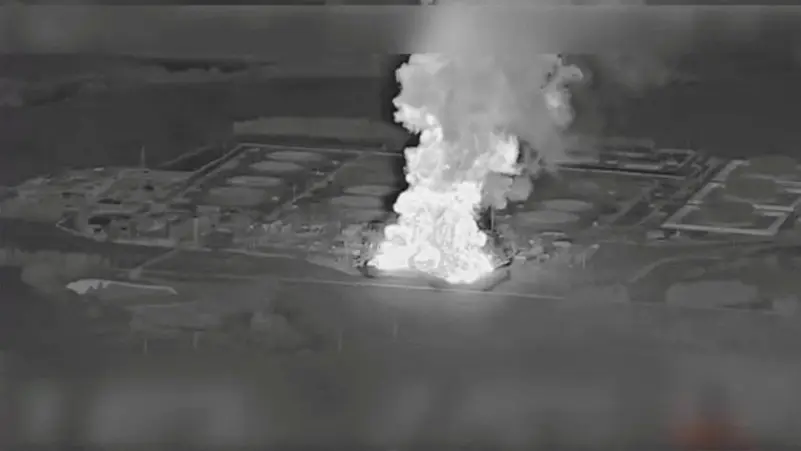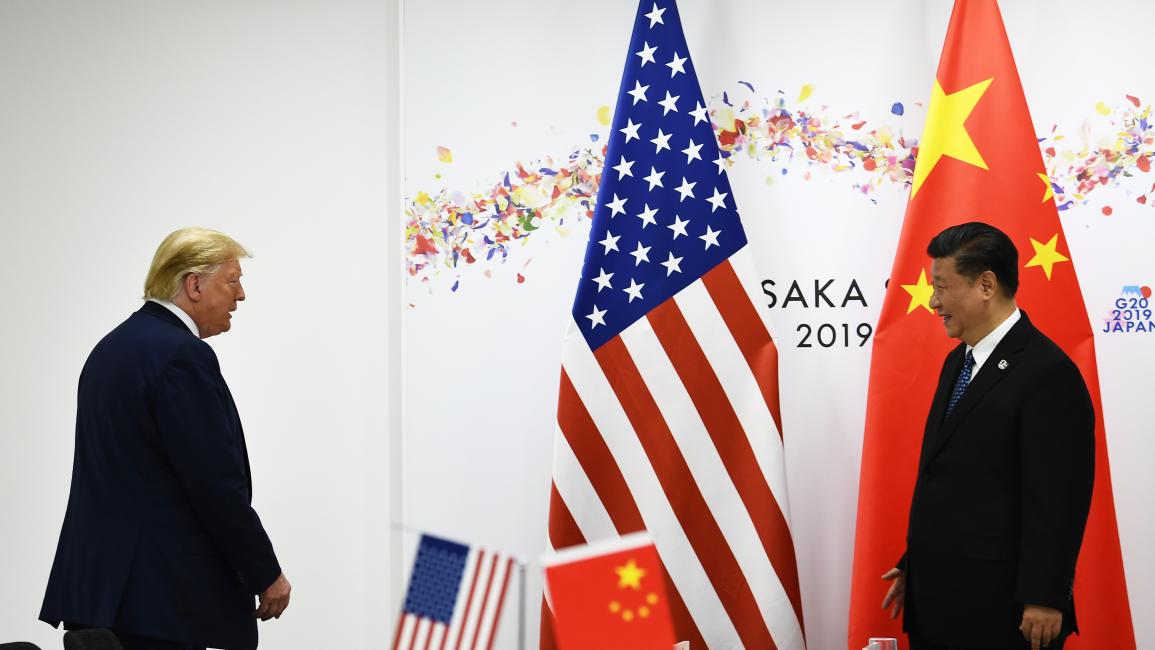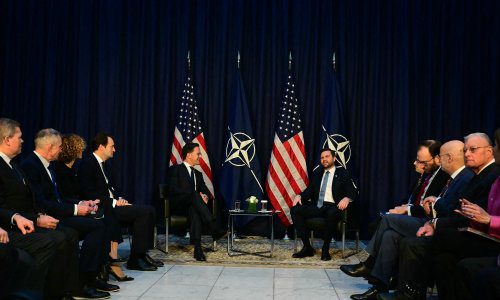How America’s Intelligence Helped Ukraine Target Russia’s Energy Infrastructure
U.S. Support for Ukraine’s Long-Range Strikes on Russia: A New Phase in the War

Over the past few months, Ukraine has carried out a series of long-range attacks deep inside Russian territory — targeting oil refineries and energy facilities critical to Moscow’s economy. According to recent reports from The Financial Times, these operations were made possible through close coordination with the United States. American intelligence, shared directly with Kyiv, has reportedly played a decisive role in planning and executing these strikes.
Why has Washington shifted its approach after years of caution? How is this new strategy affecting Russia’s war machine and global energy markets? And could this cooperation bring both nations closer to ending the war — or push them into new risks of escalation?
This article explores the details behind the coordinated U.S.-Ukraine campaign, the political and military implications, and how it could reshape the future of the conflict.
Washington’s Changing Position
Since the early stages of the war, U.S. policy toward Ukraine’s use of Western intelligence has been cautious. The Biden administration initially warned Kyiv against striking Russian territory to avoid direct confrontation between NATO and Moscow.
However, sources now indicate that President Donald Trump’s administration has taken a different path. During a phone call with Ukrainian President Volodymyr Zelensky in July, Trump reportedly asked whether Ukraine could strike Russian targets if provided with long-range weapons. This marked a significant policy shift — from passive support to active collaboration.
According to two officials familiar with the call, Trump expressed interest in a strategy designed to “make the Russians feel the pain” and pressure the Kremlin into negotiations. Though the White House later clarified that the president “was merely asking questions,” it’s clear that Washington’s position has evolved.
How the U.S. Helped Ukraine Plan the Strikes
Intelligence and Target Selection
The report revealed that U.S. intelligence played a crucial role in identifying weak points within Russia’s vast energy infrastructure. American analysts helped Ukraine determine the most effective flight paths, timing, and altitude for drone attacks to avoid Russian air defenses.
In several cases, U.S. teams even helped prioritize which refineries and storage depots should be targeted first. Ukrainian forces then executed the missions using long-range drones and advanced satellite imagery.
Precision Planning and Execution
Three officials involved in the operation told The Financial Times that Washington had been closely engaged in every phase of planning. Ukraine selected the targets, while the United States provided the intelligence necessary to exploit vulnerabilities.
This collaboration led to successful hits on multiple strategic facilities, including the Bashneft-ONPZ refinery in Ufa — located about 1,400 kilometers from Ukraine — one of Russia’s largest fuel suppliers to its military.
The Economic Impact on Russia
Oil Refineries Under Fire
Ukraine has reportedly attacked at least 16 of Russia’s 38 oil refineries, with several being hit multiple times. The result has been significant disruptions in domestic fuel production, leading to shortages and rising energy prices across the country.
Decline in Output and Rising Costs
Analysts estimate that these strikes have reduced Russia’s refining capacity by up to 20 percent, equivalent to over one million barrels per day. As a result, Moscow has been forced to cut diesel exports and even import fuel from countries like Belarus and China — a rare reversal for one of the world’s top energy exporters.
Political and Strategic Implications
A Message to Moscow
By supporting these strikes, Washington sends a clear message to the Kremlin: Russia’s energy dominance is no longer untouchable. The attacks also aim to weaken the financial backbone that funds Moscow’s military operations.
Cautious Engagement
Despite its growing involvement, the United States continues to deny any “direct role” in Ukraine’s strikes. Officials remain wary of provoking a broader escalation that could drag NATO into open conflict. Still, the consistent exchange of intelligence indicates a new level of cooperation — one that blurs the line between support and participation.
Reactions from Moscow and Kyiv
The Kremlin has condemned what it calls “regular intelligence assistance” from NATO and the United States, describing it as proof that Western nations are active participants in the conflict.
Meanwhile, Zelensky has praised the results, saying that the strikes prove Ukraine’s ability to “hit back” and weaken Russia’s war economy. He added that his country would continue expanding its operations “to bring the war closer to Russia’s decision-makers.”
FAQs: Common Questions About U.S. Support for Ukraine’s Strikes
1. Is the U.S. directly participating in the attacks?
No. Officially, the U.S. provides intelligence and logistical data but does not launch or operate the drones itself.
2. Why did the U.S. change its position on long-range strikes?
The shift appears to be driven by the Trump administration’s desire to increase pressure on Moscow and force negotiations, while still avoiding direct conflict.
3. How significant are the damages to Russia’s energy industry?
Very significant — over 16 refineries have been hit, disrupting more than one million barrels of daily output.
4. Could this cooperation escalate into a larger conflict?
There’s always a risk. That’s why Washington remains cautious, ensuring its role stays “advisory” rather than operational.
5. How does this affect global energy prices?
Disruptions in Russian output have caused temporary price spikes, especially in diesel markets, though global oil supply remains stable for now.
Conclusion
The growing intelligence cooperation between Washington and Kyiv represents a turning point in the war. By targeting the economic heart of Russia’s war machine, the United States and Ukraine aim to force Moscow to reconsider its long-term strategy.
Yet, this new phase also carries risks. Each successful strike deep inside Russian territory raises the possibility of retaliation and escalation. Whether this strategy leads to negotiations or further conflict remains uncertain — but one thing is clear: the balance of power in this war is shifting.
Question for readers:
Do you think the U.S. should continue providing intelligence for Ukraine’s long-range strikes, or is this approach pushing the world closer to a wider conflict?




